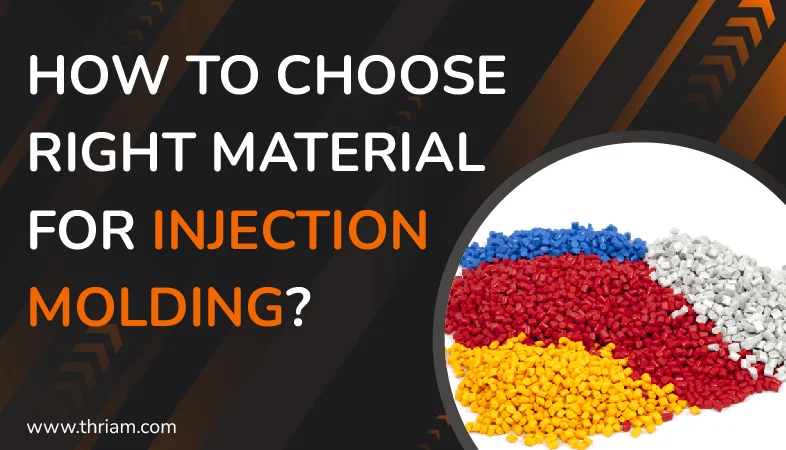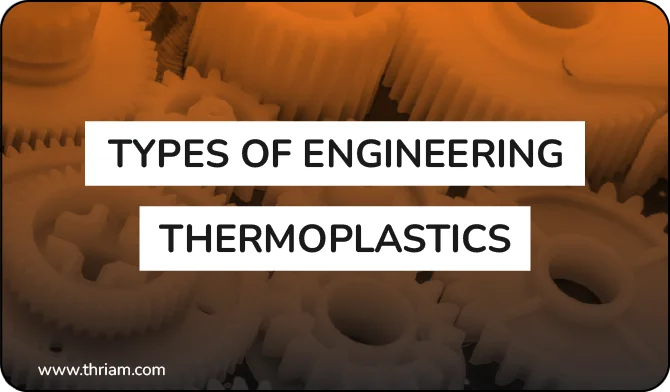Unlocking the Potential: Exploring the Diverse World of Materials in Injection Moulding
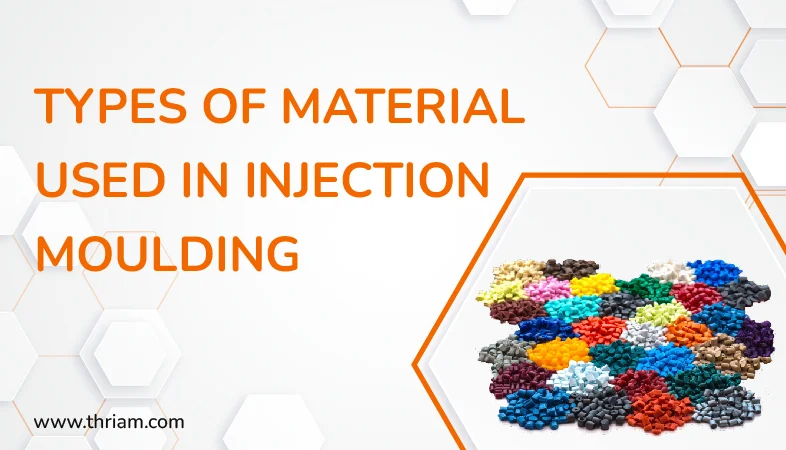
Injection Moulding:
Injection moulding is a manufacturing process that involves the production of parts and products by injecting molten material into a mould. It is a highly versatile and efficient method used in various industries to create complex and intricate shapes with high precision and accuracy.
Importance of the Materials Used in the Process:
The choice of materials in injection moulding is crucial as it directly impacts the quality, performance, and functionality of the final product. Different materials possess unique characteristics and properties, such as strength, flexibility, heat resistance, chemical resistance, and durability. Selecting the right material for a specific application ensures that the product meets the desired requirements, such as mechanical strength, dimensional stability, aesthetics, and environmental considerations. Additionally, the choice of materials affects the efficiency of the injection moulding process, including factors like moldability, cycle time, and overall cost-effectiveness. Therefore, the careful consideration and selection of materials play a vital role in the success of injection moulding projects.
Overview of Injection Moulding:
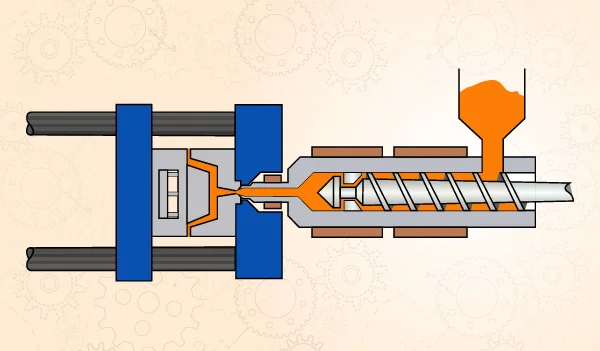
Injection moulding is a high-volume manufacturing process that involves injecting a molten material into a mould cavity to create a product or a component. The process is employed for the production of a broad range of products, including automotive parts, medical devices, toys, consumer goods, and electronic components. The injection moulding process involves several essential components, including the mould, the material feed system, the injection unit, and the clamping unit. The material feed system feeds the material into the injection unit, which melts the material. The molten material is then injected, under high pressure, into the mould cavity, where it solidifies and takes the shape of the cavity. Once the material has solidified and cooled, the mould is opened, and the product is ejected. Overall, injection moulding is a highly efficient and cost-effective process that enables the production of high-quality, complex components with excellent repeatability and precision.
Common Types of Materials Used in Injection Moulding
Injection moulding is a popular manufacturing process used to produce a wide range of products. This versatile technique relies on the use of various materials that possess specific properties suitable for different applications.
The most common types of materials used in injection moulding and their characteristics:
Thermoplastics
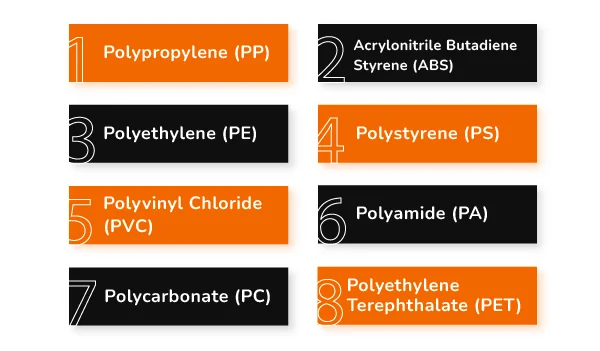
Polypropylene (PP):
PP is a widely used thermoplastic material known for its excellent chemical resistance, high impact strength, and low cost. It is commonly employed in the production of packaging materials, automotive components, and consumer goods.
Acrylonitrile Butadiene Styrene (ABS):
ABS is a durable polymer known for its toughness, high impact resistance, and dimensional stability. It is commonly used in the production of electronic enclosures, automotive parts, and household appliances.
Polyethylene (PE):
PE is a versatile thermoplastic material with excellent electrical insulation properties and resistance to moisture, chemicals, and UV radiation. It is commonly used in the production of pipes, containers, and packaging materials.
Polystyrene (PS):
PS is a lightweight, rigid material that is easy to process and has good thermal and electrical insulation properties. It is widely used in the production of packaging materials, disposable cutlery, and insulation products.
Polyvinyl Chloride (PVC):
PVC is a versatile material known for its excellent weatherability, chemical resistance, and low maintenance requirements. It is commonly used in the production of pipes, fittings, and electrical insulation.
Polyamide (PA):
PA, commonly known as nylon, is a high-strength thermoplastic material with excellent mechanical properties, wear resistance, and low friction coefficient. It is widely used in the production of gears, bearings, and automotive components.
Polycarbonate (PC):
PC is a transparent, impact-resistant material with excellent heat resistance and dimensional stability. It is commonly used in the production of optical lenses, automotive parts, and electronic components.
Polyethylene Terephthalate (PET):
PET is a lightweight, strong, and transparent thermoplastic material with good chemical resistance. It is widely used in the production of bottles, containers, and food packaging.
Thermosetting Polymers
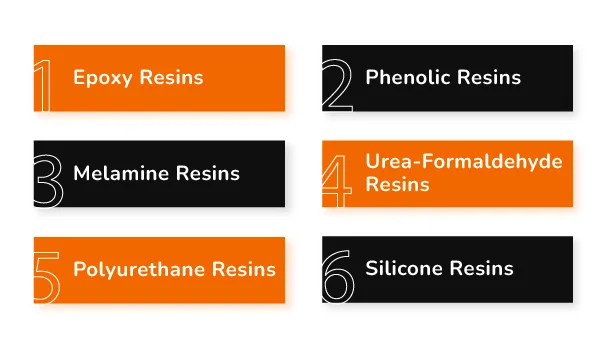
While thermoplastics are commonly used in injection moulding, there are also several thermosetting polymers that offer unique properties and advantages. We will explore the most common types of thermosetting polymers used in injection moulding and their applications.
Epoxy Resins:
Epoxy resins are widely used in electrical and electronic applications due to their excellent insulation properties and high temperature resistance. They offer exceptional adhesion, chemical resistance, and dimensional stability. Epoxy resins are commonly used in the production of circuit boards, electrical connectors, and encapsulation of electronic components.
Phenolic Resins:
Phenolic resins are known for their excellent mechanical strength, heat resistance, and flame-retardant properties. They have high chemical resistance and are commonly used in automotive and electrical applications. Phenolic resins are often found in components such as brake pads, electrical switches, and connectors.
Melamine Resins:
Melamine resins offer outstanding heat resistance and excellent dimensional stability. They have low flammability and are often used for decorative laminates and coatings. Melamine resin is frequently used in the production of kitchen utensils, decorative panels, and electrical insulation.
Urea-Formaldehyde Resins:
Urea-formaldehyde resins offer good heat resistance, dimensional stability, and excellent electrical insulation properties. They are commonly used in the production of electrical connectors, handles, and household items. Urea-formaldehyde resins are also used for adhesives and decorative laminates.
Polyurethane Resins:
Polyurethane resins offer a wide range of physical properties, including flexibility, toughness, and excellent chemical resistance. They are commonly used in the production of foams, automotive interiors, and molds. Polyurethanes are also used in the manufacturing of tires and gaskets.
Silicone Resins:
Silicone resins offer superb temperature resistance, electrical insulation properties, and outstanding weatherability. They have excellent dielectric strength and are commonly used in electrical connectors, seals, and gaskets. Silicone resins also find applications in the medical industry for the production of implants and prosthetics.
Conclusion
The selection of materials used in the injection molding process plays a crucial role in the production of high-quality and durable products. Different materials offer unique properties that make them suitable for specific applications, ranging from packaging materials to automotive components.
Thermoplastics like polypropylene, ABS, polyethylene, polystyrene, PVC, polyamide, polycarbonate, and PET are commonly used due to their excellent chemical resistance, impact strength, and versatility. These materials provide cost-effective solutions for a wide range of industries.
On the other hand, thermosetting polymers like epoxy resins, phenolic resins, melamine resins, urea-formaldehyde resins, polyurethane resins, and silicone resins offer superior properties such as high temperature resistance, excellent mechanical strength, and electrical insulation. These thermosetting polymers are preferred for applications in electrical and electronic, automotive, and consumer goods industries.
As new materials and technologies continue to emerge, the possibilities for injection molding will expand even further, allowing for more innovative and sustainable solutions in various industries. The ongoing advancements in material science and injection moulding techniques will continue to drive the evolution of manufacturing processes, leading to the production of exceptional products that meet the demands of a rapidly changing world.
